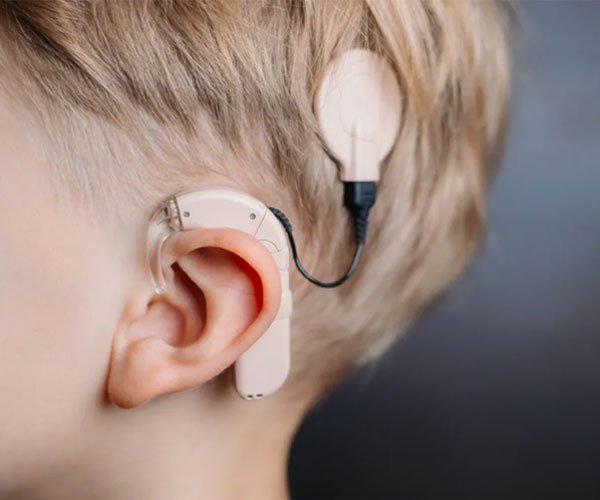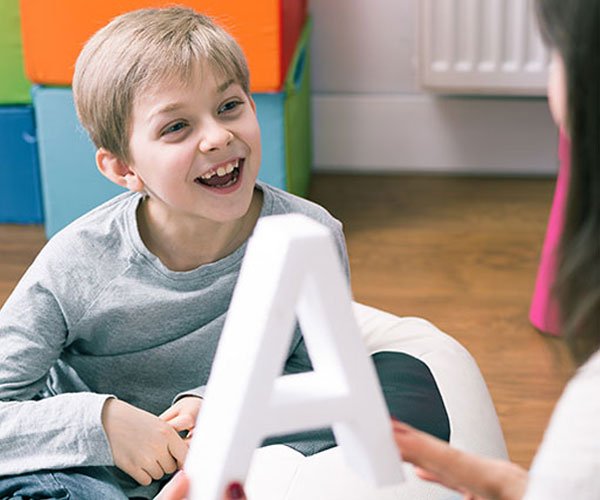Hearing Test Services

Pure Tone Audiometry (PTA)
( Special Test : SISI Test, TDT Test and ABLB test etc )
This is a basic hearing test conducted on everyone who reports hearing loss. Often it is important to perform PTA for people who work in call centers and professions which require staying in a noisy environment for long hours every day. There are two tests that have to be performed as part of PTA, i.e. AC (Air Conduction) and BC (Bone Conduction). It is used for diagnosis of conductive hearing loss (middle ear infection, sensorineural hearing loss, as well as mixed hearing loss.
PTA is important to rule out issues such as ear infection, hearing disability, vertigo, and ear blockage while also identifying the degree of hearing loss.
Tympanometry (Impedance Audiometry)
This is a middle ear test performed for patients who complain of ear heaviness and blockage especially during cold and cough to test for infection in the middle ear.
The following are different types of tympanogram results that can be obtained upon performing the test:
- A – type tympanogram – normal hearing
- B – type tympanogram – fluid in the middle ear
- C – type tympanogram – ET dysfunction/ otitis media
- AS – type tympanogram – Otosclerosis
- CS – type tympanogram – ET dysfunction with fixation
- AD – type tympanogram – Flaccid tympanic membrane


Oto-Acoustic Emissions (OAE)
We perform the OAE test to test the outer hair cells of the cochlea. This test is often performed as part of new-born baby screenings (intervention programs) so as to eliminate the possibilities of hearing loss at an early age. The OAE test is increasingly becoming mandatory for all new-born babies and is a painless test which is usually conducted within 24 hours of birth.
OAE is a Fail and Pass test used to identify young toddlers with hearing issues which can often crop up during pregnancy, and early life. If a toddler fails the OAE test twice within a 1-week interval, that is when we go for the BERA test.
Tinnitus Marching
This test is performed to assess the character of your tinnitus and its subjective loudness above the threshold. A second part of the test measures the sound input required to mask out the tinnitus so that it cannot be heard. This information is useful in evaluating annoyance, disability, and response to treatment.


BERA, ASSR
The brainstem evoked response audiometry (BERA) is an objective neurophysiological method for the evaluation of the hearing threshold and diagnosing retrocochlear lesions. The aim of the study was to investigate the hearing level in children with suspected hearing loss or pathological speech development.
ASSR along with BERA is used in audiological diagnosis to provide frequency-specific estimation of hearing levels
ASSR along with BERA is used in audiological diagnosis to provide frequency-specific estimation of hearing levels
Cochlear Implants
A cochlear implant is an electronic device that improves hearing. It can be an option for people who have severe hearing loss from inner-ear damage who are not able to hear well with hearing aids.
Unlike hearing aids, which amplify sound, a cochlear implant bypasses damaged portions of the ear to deliver sound signals to the hearing (auditory) nerve.
Unlike hearing aids, which amplify sound, a cochlear implant bypasses damaged portions of the ear to deliver sound signals to the hearing (auditory) nerve.


Speech Therapy
Treatment in the context of speech – language disorders refers to rehabilitation, counseling, and behavior modification. The clinic offers treatment for a variety of speech & language disorders based on systematic and scientific lines, and the involvement of significant others in the treatment process. the goal is to help the person communicate in more useful and functional ways. The clinic provides therapy one-on-one along with parents. speech therapy is a clinical program aimed at improving speech and language skills and oral motor abilities. ASSR along with BERA is used in audiological diagnosis to provide a frequency-specific estimation of hearing levels
